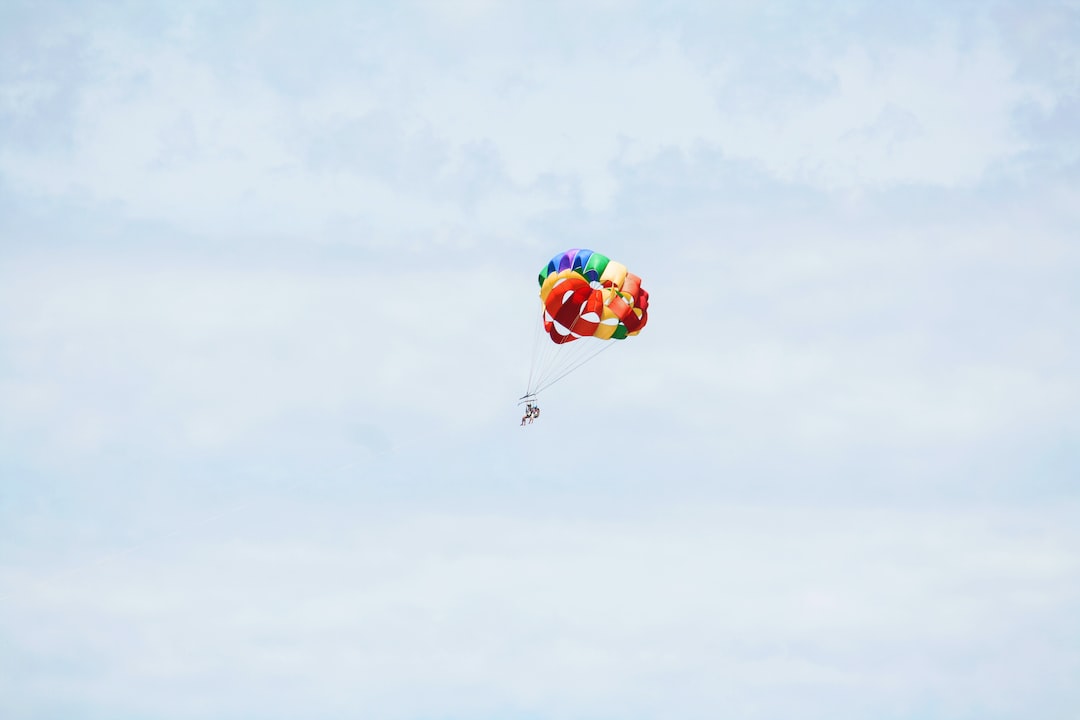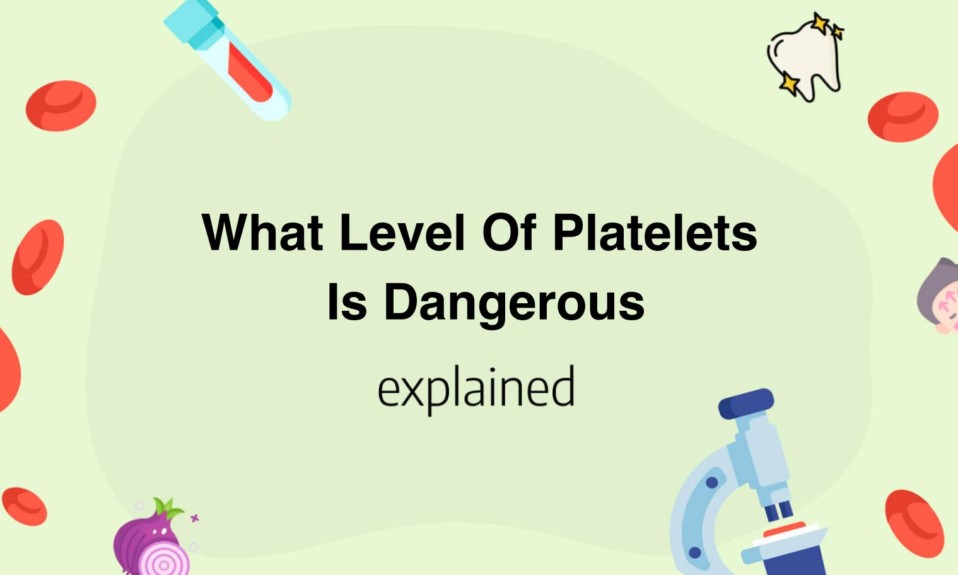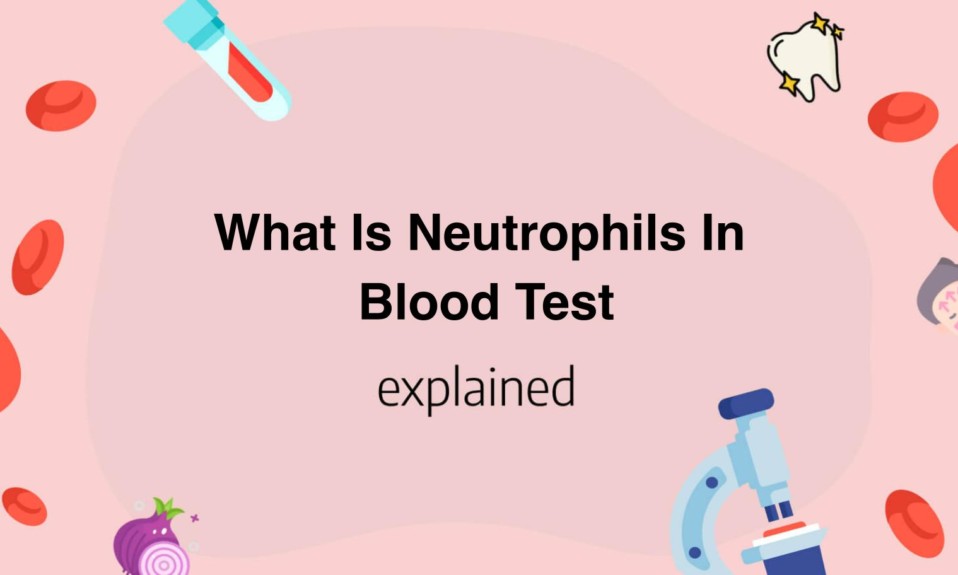Pink eye on surfaces can be a concern for those who want to avoid this highly contagious condition.
If someone who has pink eye touches or sneezes on a surface, the virus or bacteria responsible for the infection can live there for some time.
In fact, research suggests that pink eye can live on surfaces for up to two weeks! This knowledge highlights the importance of regularly cleaning and sanitizing commonly touched surfaces, particularly during an outbreak of the condition.
- Pink eye, also known as conjunctivitis, can be caused by bacterial or viral infections.
- It is possible for the virus or bacteria to survive on surfaces for a few hours to a few days.
- The length of time depends on various factors such as temperature, humidity, and type of surface.
- The virus or bacteria can be easily spread through contaminated surfaces, making it important to practice good hygiene.
- Regular cleaning of surfaces and hands can help prevent the spread of the infection.
Overview of Pink Eye and Transmission from Surfaces
Pink eye, also known as conjunctivitis is a condition that affects the conjunctiva – the thin, transparent tissue that covers the whites of the eyes.
The condition is common, it’s highly contagious and it can cause discomfort and also affect vision.
Pink eye can be caused by bacteria, viruses or allergens, and can manifest in several symptoms such as inflammation, redness, itching, tearing, and discharge.
When a person is infected with pink eye, it’s possible for the virus or bacteria to spread through direct contact with the infected person’s bodily fluids such as tears or discharge.
Additionally, other people can become infected by touching a surface that has been contaminated by an infected person and then touching their eyes.
This method of transmission is called “fomite transmission.
”
Fomite transmission occurs when a healthy person comes in contact with an object or surface that has been contaminated by someone with pink eye.
This can happen when an infected person touches a surface such as a doorknob, a light switch, or a computer keyboard.
If another person then touches that surface and then touches their eyes, they can contract the virus or bacteria.
Therefore, to curb the transmission of Pink eye, it is important to practice good hygiene such as regular hand washing and keeping surfaces clean.
Those with pink eye should avoid sharing personal items, and should wash their hands often and avoid touching their face.
In conclusion, Pink eye is a highly contagious condition with different causes.
It is important to recognize the symptoms and to practice good hygiene to prevent the spread of the infection.
Common types of Pink Eye caused by viruses and bacteria
Conjunctivitis or Pink Eye, as commonly known, is an extremely contagious infection caused by a virus or a bacteria.
The following are the most common types of Pink Eye caused by viruses and bacteria that people may encounter:
- Viral Conjunctivitis: This is one of the most common types of pink eye.It spreads through airborne droplets, contaminated hands, or objects that have been in contact with the virus.
- Bacterial Conjunctivitis: This type of pink eye is a result of a bacterial infection which can be spread via direct contact with infected individuals, sharing personal items, or by touching contaminated surfaces.Staphylococcus aureus, Streptococcus pneumoniae, and Hemophilus influenzae are common bacteria that cause bacterial conjunctivitis.
- Allergic Conjunctivitis: This type of pink eye is caused by an allergic reaction that affects the conjunctiva of the eye.Allergens that may trigger this kind of conjunctivitis include dust, pollen, pet dander, or mold.
Adenovirus is the most common virus that causes viral conjunctivitis.
The symptoms include sore, itchy eyes, excessive tearing, and watery discharge.
Photophobia, or sensitivity to light, is also common in this kind of infection.
There is no specific cure for viral conjunctivitis, and it will usually clear up on its own in a few days.
The symptoms include itching, redness, and swelling of the eye and a sticky discharge.
Treatment involves antibiotic eye drops or ointments prescribed by the doctor.
The symptoms include itching, redness, and watery eyes, along with occasional sneezing, coughing, and a runny nose.
This type of conjunctivitis is treated with eye drops, antihistamines, and avoiding allergens that cause the reaction in the first place.
Pink eye can create discomfort and limit the productivity of individuals affected by it; thus, it is important to identify and treat the infection timely.
If you experience any symptoms of pink eye, it’s always best to consult a healthcare professional to determine the underlying cause and determine the appropriate course of action.

How Long Does Pink Eye Live On Surfaces
Pink eye, or conjunctivitis, is a common eye infection that can affect all ages.
The infection typically begins in one eye and can spread to the other eye if proper precautions are not taken.
It can be caused by bacteria, viruses, allergens, and irritants.
One question that often arises when dealing with pink eye is how long can the virus or bacteria that causes the infection live on surfaces? According to the Centers for Disease Control and Prevention (CDC), the length of time that pink eye can live on surfaces depends on multiple factors, including the type of surface, temperature, and humidity.
On hard surfaces such as counter tops and door handles, the virus or bacteria can survive for up to 24-48 hours.
On soft surfaces such as towels, pillows, and sheets, the virus or bacteria can survive for a shorter time, typically up to several hours.
Proper hygiene is essential in preventing pink eye from spreading.
One should avoid touching their eyes, and wash their hands frequently with soap and water for at least 20 seconds, especially after being in public places where they might have touched contaminated surfaces.
Additionally, avoid sharing personal items, like towels, pillowcases, contact lens solutions, sunglasses, and eye makeup as these items can easily harbor bacteria and viruses.
Cleaning and disinfecting surfaces regularly is also crucial in the prevention of pink eye.
Using a disinfectant spray or wipes to clean hard surfaces like counter tops, door handles, and phones daily can help reduce the spread of the virus or bacteria.
In the case of soft surfaces, one should wash them with hot water and detergent, and dry them in the dryer using the highest temperature setting recommended for the particular item.
In conclusion, pink eye can live on surfaces for varying lengths of time, ranging from several hours to up to 48 hours.
Proper hygiene practices, such as frequent handwashing and disinfecting surfaces, are crucial in preventing the spread of this infection.
By following these steps, we can protect ourselves and those around us from contracting and spreading pink eye.
Ways to avoid contracting Pink Eye from surfaces
One of the most common ways to contract Pink Eye is by touching surfaces contaminated with the bacteria or virus and then touching your eyes.
Therefore, it is important to be aware of ways to avoid contracting this easily spreadable infection.
Firstly, avoid touching your eyes – washing hands frequently with soap and water for at least 20 seconds is a crucial step to prevent contracting Pink Eye from contaminated surfaces.
If soap and water are not available, it is a good idea to use an alcohol-based hand sanitizer to clean your hands.
Make sure to avoid touching your face, especially your eyes, with unwashed hands.
Secondly, avoid sharing personal items, such as towels, pillows, or makeup, with others.
These items can easily become contaminated with the bacteria or virus and spread the infection from one person to another.
If you must share personal items, make sure to clean them with disinfectant wipes or spray before and after use.
Thirdly, disinfect surfaces that you come into contact with frequently, such as door handles, countertops, and keyboards.
Use a disinfectant spray or wipe to clean these surfaces regularly to prevent the spread of the infection.
Lastly, avoid crowded public spaces, especially during flu season.
Crowded places such as schools or public transportation can easily spread the bacteria or virus that cause Pink Eye.
If you must visit crowded public spaces, make sure to practice good hygiene habits such as washing hands frequently and avoiding touching your face.
In summary, contracting Pink Eye from contaminated surfaces is a common occurrence.
You can take steps to prevent it by washing hands frequently, avoiding sharing personal items, disinfecting surfaces, and avoiding crowded public spaces.
By taking these preventive measures, you can reduce your chances of contracting Pink Eye and other infections.
You’ll also like: How To Stop Diarrhea On Optavia
Cleaning and disinfecting techniques to prevent Pink Eye spread
Cleaning and disinfecting are crucial methods to prevent the spread of Pink Eye, also known as conjunctivitis.
The infection is highly contagious and can easily spread through direct or indirect contact.
Proper hand hygiene is the first line of defense against the infection.
People should always wash their hands with soap and warm water for at least 20 seconds, particularly after coming in contact with an infected person or object.
If soap and water are unavailable, alcohol-based hand sanitizers are an effective alternative.
To avoid the spread of Pink Eye, it’s important to clean and disinfect surfaces that are frequently touched, such as doorknobs, countertops, phones, and keyboards.
Use disinfecting wipes or spray that contain at least 70% alcohol or other effective disinfectants such as diluted bleach to clean surfaces.
It’s important to follow the manufacturer’s instructions and let the surface remain wet for the recommended amount of time.
Personal items such as towels, bedding, and clothes should be washed in hot water and detergent to prevent the spread of the infection.
Avoid sharing these items with others when a person is infected.
If these items can’t be washed, they should be isolated for at least 24 hours to allow the virus to die naturally.
When dealing with Pink Eye, good hygiene practices are essential.
Do not touch or rub the eyes and avoid close contact with infected people.
Additionally, it’s important to clean hands with soap and water or hand sanitizer before putting in or removing contact lenses, as patients who wear contact lenses are at a higher risk of developing Pink Eye.
Ultimately, preventing the spread of Pink Eye requires a combination of good personal hygiene, cleaning, and disinfecting practices.
By following these simple steps, individuals can minimize the spread of the infection and protect themselves and those around them.
Read also: Why Does Stress Cause Diarrhea
How long can Pink Eye survive on different surfaces
Pink Eye, also known as Conjunctivitis, is a highly contagious eye infection that typically lasts for a few days to a few weeks.
The length of time Pink Eye can survive on different surfaces varies.
For instance, on hard surfaces like plastic, metal, or countertops, the virus can survive up to 24-48 hours.
However, on soft surfaces like tissues, towels, bedding, or clothing, the virus typically lasts for only a few hours.
It’s important to keep in mind that Pink Eye can be spread easily, especially through direct contact with an infected person or their belongings.
Touching infected surfaces and then touching your eyes can also cause Pink Eye.
That’s why it’s essential to maintain good hygiene habits, such as washing your hands frequently and avoid sharing personal items like towels, handkerchiefs, and pillows.
In public places like schools, offices, or public transportation, Pink Eye can easily spread from one person to another, which is why it’s crucial to disinfect surfaces frequently using appropriate cleaning products.
When dealing with Pink Eye, it’s essential to take proper precautions to prevent further spreading.
You should avoid touching or rubbing your eyes and always practice good hand hygiene.
You should also avoid wearing contact lenses until your symptoms have cleared up completely.
Overall, understanding how long Pink Eye can survive on different surfaces can help you take necessary precautions to prevent its spread.
While it typically lasts for only a few hours on soft surfaces, it can survive up to 48 hours on hard surfaces.
Therefore, it’s necessary to maintain good hygiene habits and disinfect surfaces frequently, especially in public places.
By taking proper precautions, you can help prevent the spread of Pink Eye and other contagious infections.
You’ll also like:








